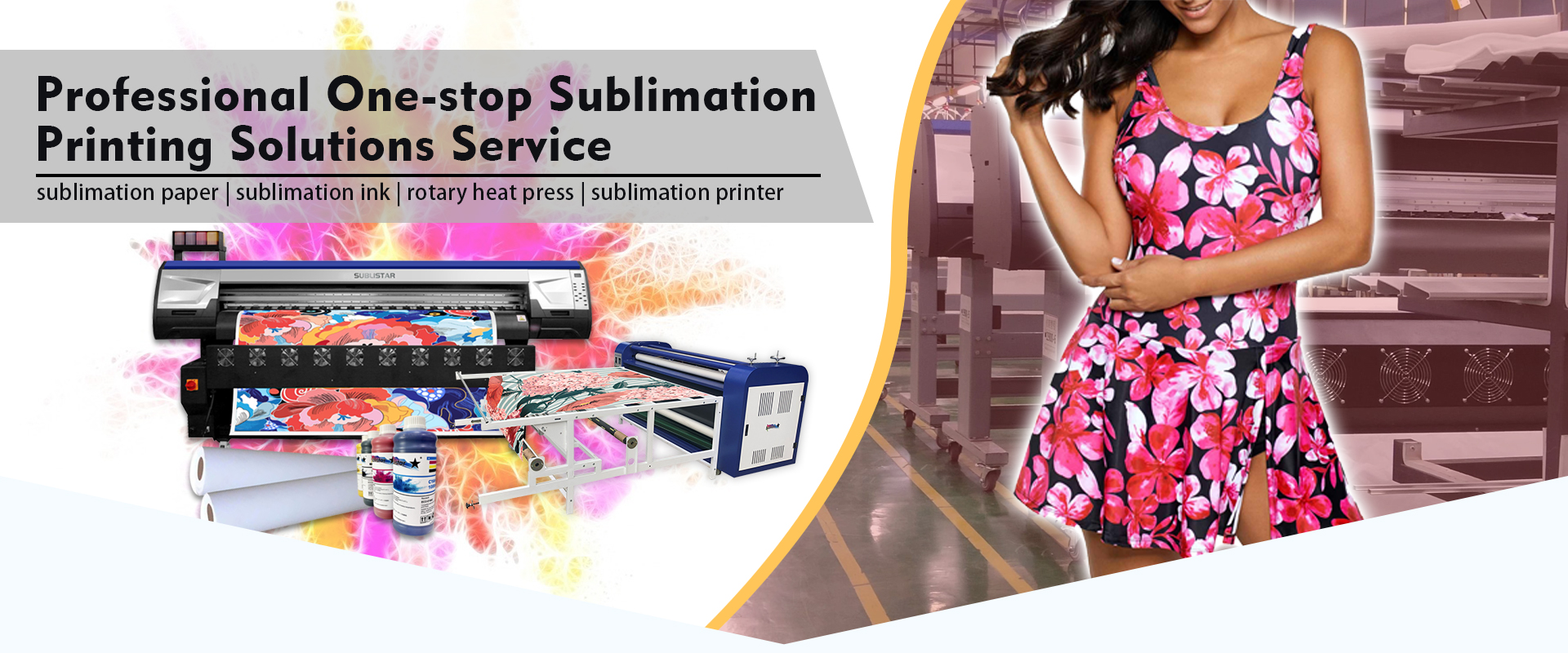Sublimation paper is a kind of paper used in the thermal transfer industry. It is mainly used on fabrics where the subst
Dye-sublimation printers are relatively convenient for us. So, how are Dye-sublimation printers made? Let's take a look
Thermal transfer ink, also called sublimation ink, is a kind of disperse dye ink, which belongs to water-based ink. Unli
The application of sublimation transfer paper is very wide, such as mugs, hats, scarves, printing, textiles and other in
Sep 14, 2020 · Sublimation Paper-Stretchy Materials. If the material you’re heat pressing has a lot of stretch, for instance, swimming costume, set the temperature to around 180 °C and apply the heat press for around 40 seconds. Peel the sublimation paper while cold.
Jul142022 Joint declaration CONFINDUSTRIA-MEDEF. On the occasion of the fourth Franco-Italian business forum meeting in Paris on July 12, the two business organisations of Italy, France issued a joint declaration to recall their determination to further strengthen their cooperation and to elaborate concrete proposals to nurture die dialogue with the European institutions as well as …
All classifieds - Veux-Veux-Pas, free classified ads Website. Come and visit our site, already thousands of classified ads await you ... What are you waiting for? It's easy to use, no lengthy sign-ups, and 100% free! If you have many products or ads, create your own online store (e-commerce shop) and conveniently group all your classified ads in your shop! Webmasters, …
How to use Use inkjet printer with software and special ink to print image on the PET film, color and white ink color printed out at the same time then spray with hot melt powder on the PET film, use heat press machine to heat up, after that put the PET film on the t shirts for heat transfer and you will get a perfect customized t shirt. 1.Machine: full set-up,worry free for the equipment ...





















